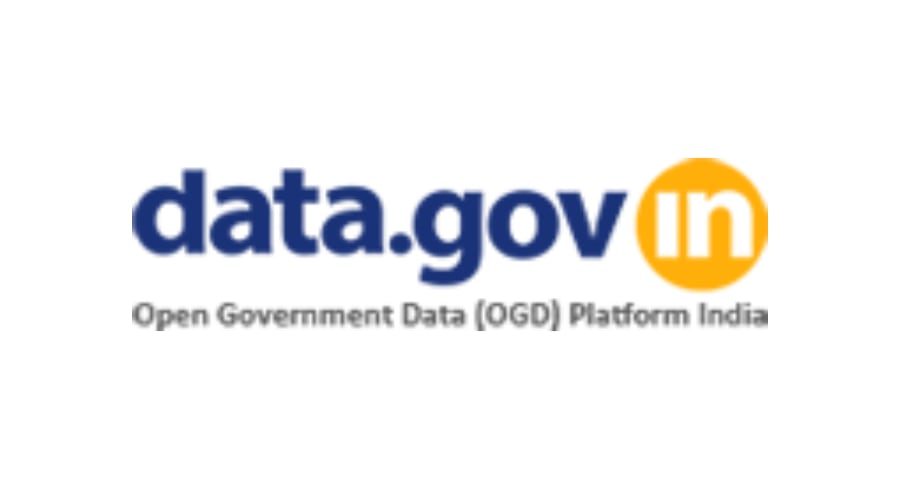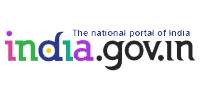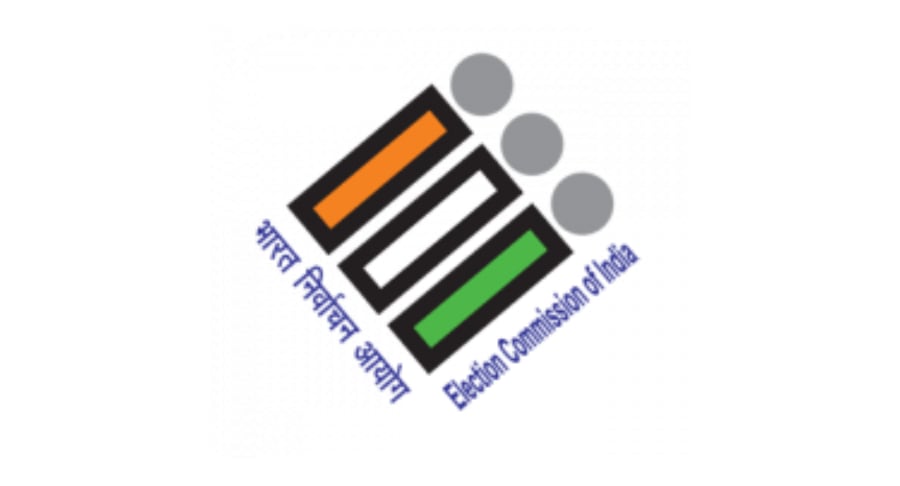Background


Background
Before NRLM, the programme of Ministry of Rural Development (MoRD), Government of India that directly targeted poor families for creation of assets and self employment started with Integrated Rural Development Programme (IRDP) in the year 1980. A major reform took place in 1999, when IRDP was transformed into Swarnajayanti Gram Swarozgar Yojana (SGSY). Self-employment through organizing poor into Self Help Groups (SHGs) became the cornerstone of SGSY.
However, a systematic review of SGSY had earlier brought into focus certain shortcomings like vast regional variations in mobilization of rural poor; insufficient capacity building of community based institutions; insufficient investments for building these institutions; and weak linkages with banks leading to low credit mobilization and low repeat financing. Absence of aggregate institutions of the poor (in many states), such as the SHG federations, precluded the poor from accessing higher order support services for productivity enhancement, marketing linkage, risk management, etc. Several evaluation studies have shown that SGSY scheme has been relatively successful in alleviating rural poverty wherever systematic mobilization of the poor into SHGs and their capacity building and skill development has been taken up in a process-intensive manner. In other places, the impact has not been that significant.
- test list
- demo [removed]alert(0)[removed]
i) Shift from the present allocation based strategy to a demand driven strategy enabling the states to formulate their own livelihoods-based poverty reduction action plans,
ii) To focus on targets, outcomes and time bound delivery,
However, unlike many other states, West Bengal?s SHG movement predates NRLM and under SGSY, SHGs were nurtured by the District Rural Development Cells (DRDC) under Zilla Parishads in the districts. Because of this legacy, the activities of WBSRLM include and cover support to the women SHGs formed and nurtured under SGSY, that have been brought under the NRLM fold and also formation and strengthening of new groups under NRLM itself.



 Training Management
Training Management




